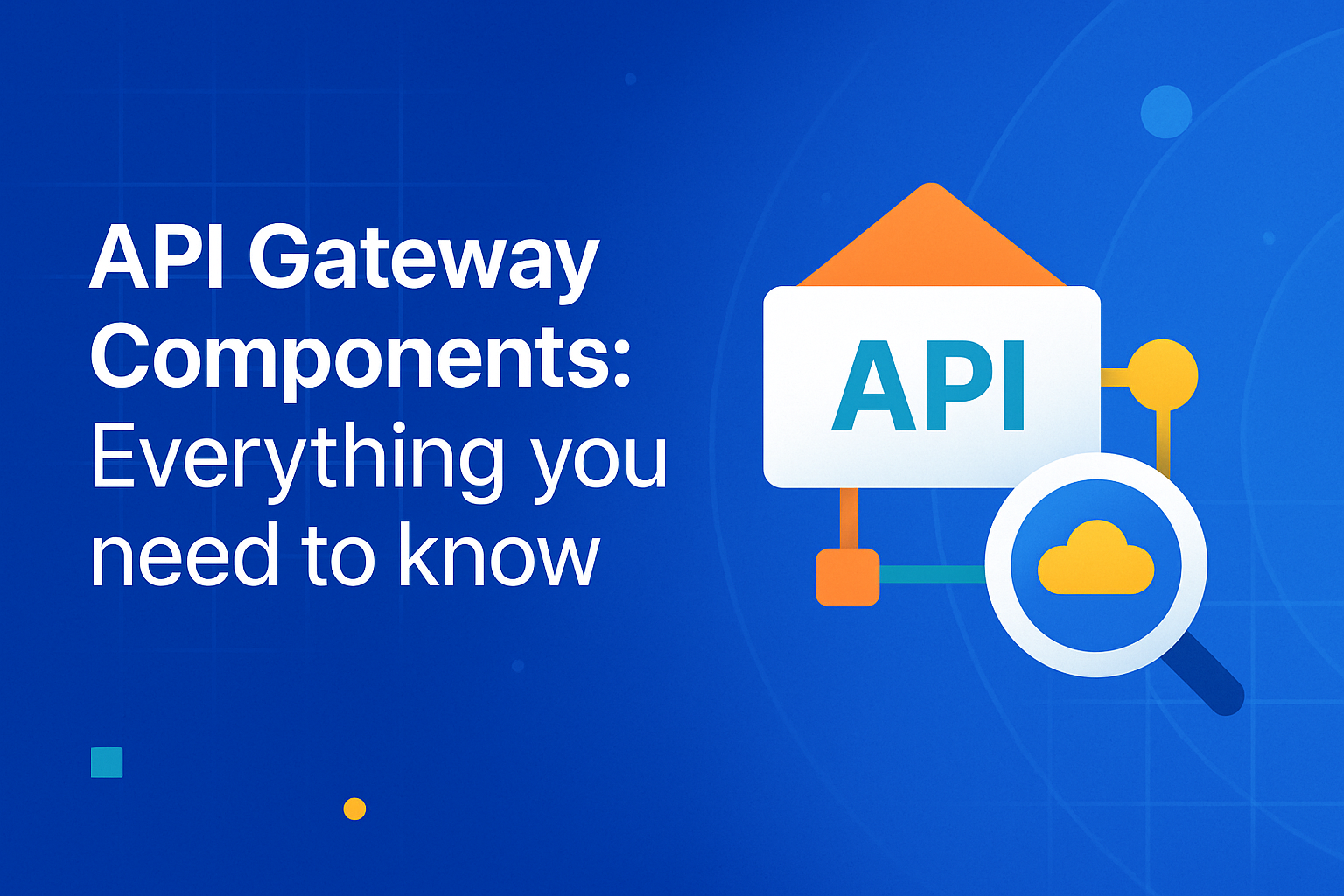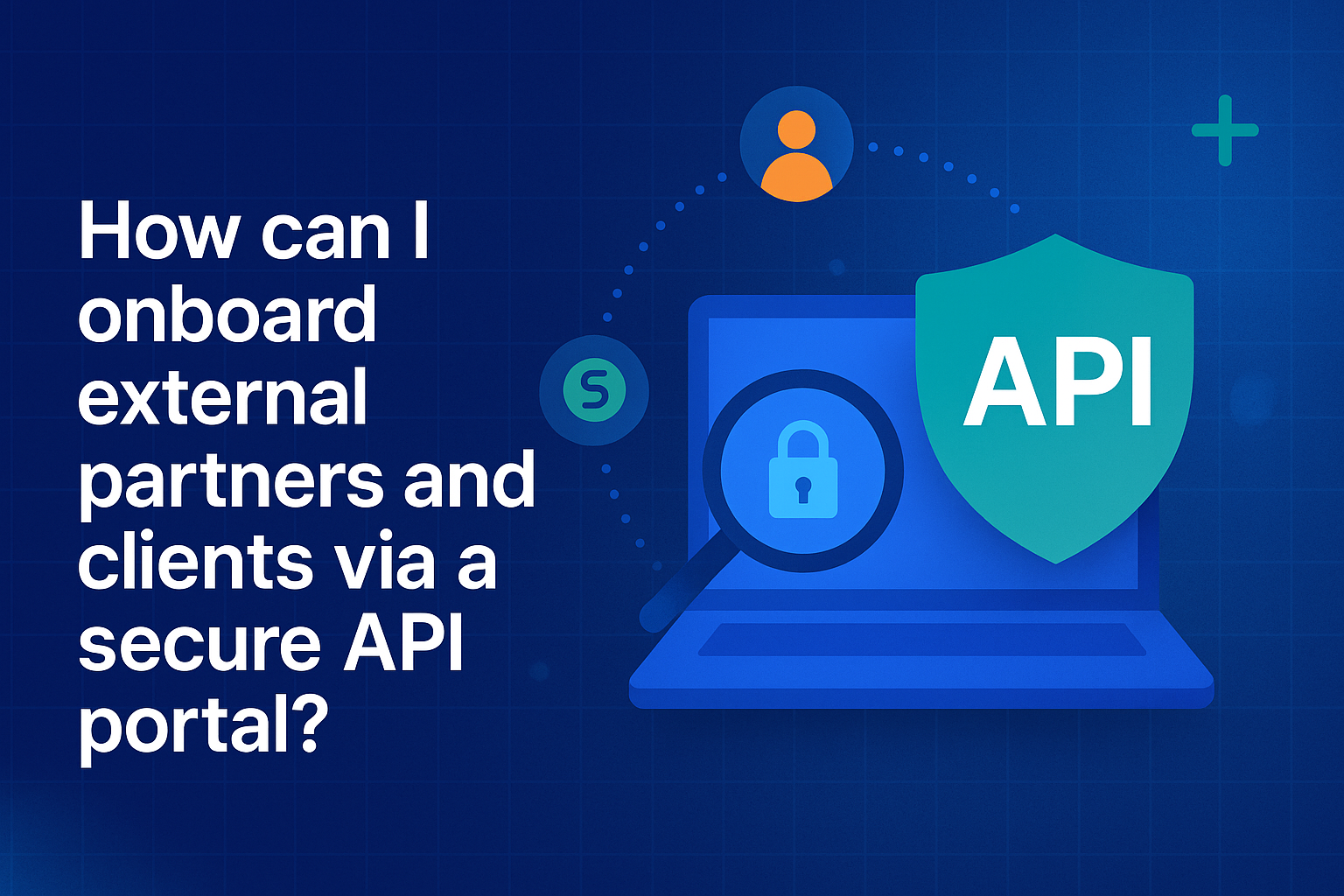
TL;DR
1. The API gateway is the control center for all API traffic, managing access, routing, and performance across services.
2. It’s built from core components like routing, authentication, caching, rate limiting, and analytics that ensure security and scalability.
3. A strong gateway strategy maps these components to business goals like governance, performance, developer experience, and monetization.
4. Some common pitfalls of a gateway strategy include overloading the gateway with logic, weak governance, poor observability, and ignoring developer needs.
5. Treat the gateway as a strategic platform, not middleware, one that evolves with your APIs, partners, and AI-driven systems.
Get Started with Helix Gateway today. Book a Demo!
Every API call that reaches your backend passes through a gatekeeper, a layer that decides who can access what, how fast, and at what cost. That gatekeeper isn’t just a piece of middleware; it’s an orchestra of components working in sync. Routing, auth, caching, observability, each has a job, and a failure in one can bring an entire ecosystem to its knees. Yet, most teams still treat the gateway as a black box.
In this blog, we’ll unpack its anatomy, the core components that make or break performance, scalability, and governance, and why understanding them isn’t optional anymore for architects building API-driven enterprises.
What is an API Gateway?
An API Gateway is the central entry point for all client requests to an organization’s APIs and microservices. Instead of clients calling dozens of backend services directly, they send a single request to the gateway, which then routes, transforms, and secures it before forwarding it to the appropriate destination. This layer abstracts the complexity of backend systems, providing a unified interface for internal, partner, and external consumers.
Beyond routing, an API gateway enforces cross-cutting policies such as authentication, authorization, rate limiting, and caching. It standardizes how services are accessed and monitored, ensuring consistency and control across distributed architectures.
In modern enterprises, the API gateway also becomes a hub for analytics, governance, and lifecycle management, making it a foundational component for scaling digital ecosystems while maintaining security and performance.
.png)
Core API Gateway Components
At its core, an API gateway is a composition of specialized components that together manage, secure, and optimize every API interaction. Each piece plays a distinct role, from controlling access to improving speed and reliability. Understanding these components helps teams fine-tune performance and build resilient, governed API ecosystems.
1. Routing & proxying
This is the gateway’s backbone. It determines where each incoming request should go, directing it to the correct backend service. Advanced routing handles URL rewrites, versioning, and load balancing, ensuring seamless communication between clients and services without exposing internal complexity.
2. Authentication & authorization
Security starts here. The gateway verifies user or system identities using mechanisms like OAuth2, JWT, or API keys, and enforces role-based access control (RBAC). Centralizing auth at the gateway prevents unauthorized access and ensures compliance across APIs.
3. Rate limiting & throttling
To protect backend systems from overload, the gateway regulates traffic through limits and quotas. These controls manage request frequency, enforce fair usage among consumers, and enable differentiated tiers for internal, partner, and public APIs.
4. Protocol transformation
This component ensures interoperability by converting data formats or communication styles. For example, transforming REST to gRPC or XML to JSON. It allows legacy and modern systems to coexist smoothly under one unified API layer.
5. Response aggregation
Instead of clients making multiple calls, the gateway can aggregate responses from several microservices into one. This reduces latency, network chatter, and simplifies client-side logic, especially in mobile or low-bandwidth environments.
6. Caching & load balancing
Caching stores frequent responses for faster retrieval, while load balancing distributes requests evenly across services. Together, they improve speed, reliability, and fault tolerance, keeping API performance consistent even during traffic spikes.
7. Monitoring & analytics
The observability layer tracks metrics like latency, request volume, and error rates. These insights help identify bottlenecks, detect anomalies, and guide optimization efforts across the entire API estate.
8. Governance & developer experience
Beyond technical functions, a modern gateway enforces governance policies and integrates with developer portals for documentation, versioning, and onboarding. This ensures not just operational control, but also a seamless experience for developers consuming APIs.
Architecture & component placement: How everything works
An API gateway sits at the intersection of clients, services, and governance, acting as both a control plane and a data plane. Think of it as the first line of interaction between the outside world and your internal service mesh. Requests from web apps, mobile clients, or third-party systems hit the gateway first, where each component performs its role in sequence.
The routing and proxying layer decides the destination, while authentication and rate-limiting enforce security and fairness. As requests flow through, transformation and aggregation adjust payloads and merge responses for efficiency. Caching and load balancing optimize performance, while monitoring and analytics feed data back into operations and governance systems.
Behind this flow, the governance layer integrates with policy engines, developer portals, and service catalogs, ensuring that every API, no matter its gateway origin, remains discoverable, compliant, and auditable. Together, these layers form a self-regulating architecture that balances speed, security, and control.
How to evaluate / build your API gateway strategy
A solid gateway strategy starts with clarity: who your consumers are, what traffic looks like today, and how governance must scale tomorrow. Treat the gateway as a product, not a box, its components should map to explicit outcomes (security, performance, DX, monetization). Use the steps below as a pragmatic path from assessment to rollout, with measurable checkpoints at each stage.
- Define scope & consumers: Document internal, partner, and external use cases; note client types (mobile/web/agents) and latency/SLA needs. Identify “must-protect” data domains early. This prevents over-engineering and ensures policies match business risk.
- Inventory your API estate: Catalog APIs, events, protocols (REST, gRPC, WebSocket), versions, and owners. Map current auth methods and traffic patterns. An accurate inventory reveals duplication, drift, and the true blast radius of change.
- Choose topology—single vs multi-gateway: Decide on a consolidated gateway, per-domain gateways, or a federated/multi-gateway control plane. Balance autonomy with governance: central policies, local execution. Plan for hybrid/multi-cloud placement.
- Security model first: Standardize on OAuth2/OIDC, JWT, mTLS where needed; define token lifetimes, scopes, and service-to-service auth. Bake in threat protection (WAF, schema validation) and secrets management. Security must be policy-as-code.
- Traffic management & reliability: Design limits, quotas, burst handling, and backoff. Specify load-balancing strategies and circuit breakers. Add caching tiers (edge, gateway, per-route) with clear TTL ownership to avoid stale data incidents.
- Protocol & payload strategy: Decide where to perform protocol translation (REST↔gRPC) and payload transformation (versioning, field filtering). Keep transformations declarative and testable to avoid “logic creep” in the gateway.
- Observability & analytics: Define golden signals (latency, errors, saturation, traffic mix) and business metrics (active apps, plan usage, conversions). Standardize logs, traces, and metrics emission with correlation IDs from client to backend.
- Governance & lifecycle: Adopt API design standards, style guides, and versioning rules; enforce via CI policies. Require owner, SLA, and deprecation plans per API. Tie approvals to risk tiers so high-risk APIs get tighter controls.
- Developer experience & portal: Provide self-serve onboarding, keys/consents, sandbox, and live docs. Offer SDKs/Postman collections and quickstarts. Developer experience isn't fluff, it reduces ticket load and speeds adoption measurably.
- Monetization & plans (optional): If relevant, define tiers, quotas, and pricing aligned to value metrics (requests, tokens, events). Integrate billing/entitlements at the gateway, not in each service, to keep enforcement consistent.
- AI/agent readiness: Plan for model/agent traffic alongside API calls: prompt policies, PII redaction, cost guardrails, attribution (“who did what”). Treat models as providers with the same quotas and audit as APIs.
- Rollout & migration plan: Pilot with a low-risk domain, measure before/after, then expand. Provide migration patterns (lift-and-shift routes, strangler for legacy endpoints). Establish SLOs and an escalation runbook.
Common mistakes & how to avoid them
Even the most sophisticated API gateway strategy can crumble under poor implementation choices. Most failures aren’t technical, they stem from misjudged priorities, missing governance, or overcomplication. Here are some common pitfalls that derail enterprise API programs, and how to steer clear of them.
- Treating the gateway as a black box: Many teams deploy gateways “out of the box” without understanding their internal mechanics. This limits flexibility and observability. Instead, document every active policy, plugin, and route configuration. Make your gateway’s behavior explicit and version-controlled.
- Overloading the gateway with business logic: When routing rules, transformations, and workflow orchestration all creep into the gateway, it becomes a mini-monolith. Keep gateways focused on cross-cutting concerns (auth, rate limiting, caching) and move business logic to microservices or orchestration layers.
- Ignoring developer experience (DX): A secure gateway that’s painful to use won’t scale adoption. Developers need clear docs, instant key issuance, and test sandboxes. Invest early in a portal experience, frictionless onboarding drives real API consumption.
- Skipping proper governance and policy versioning: Policies evolve, but unmanaged changes can break integrations. Treat gateway configs as code, track revisions, and tie approvals to risk tiers. Governance must be automated, not an afterthought handled in spreadsheets.
- Missing observability and metrics: Without logs and analytics, you’re flying blind. Teams often set up the gateway but forget tracing or dashboards. Define golden signals (latency, error rate, usage) upfront and feed them into unified analytics for proactive optimization.
- Assuming one gateway fits all: Enterprises often force every team into a single vendor or setup. This creates bottlenecks and security gaps. Instead, adopt a federated model, multiple gateways unified by a central control plane for governance and visibility.
- Delaying performance and load testing: APIs that work in staging may crumble under production spikes. Regularly simulate traffic bursts, cache misses, and failover scenarios. Continuous testing ensures routing, throttling, and scaling policies behave predictably when it matters most.
Final thoughts
An API gateway isn’t just middleware, it’s the nervous system of your digital ecosystem. Every request, policy, and performance metric flows through it, shaping how securely and efficiently your enterprise operates. When designed intentionally, with each component playing its role, the gateway becomes an enabler of speed, trust, and scale, not a bottleneck.
But success depends on mindset. Treat the gateway not as a tool, but as a strategic platform that evolves with your APIs, partners, and even AI agents. The more observability, governance, and automation you bake in today, the smoother your API estate will run tomorrow. In a world where APIs define business agility, the gateway remains your most powerful point of control.
.png)
FAQs
1. What are the essential components of an API gateway?
An API gateway comprises key components like routing, authentication, rate limiting, caching, protocol transformation, monitoring, and governance. Each plays a unique role, routing directs traffic, authentication secures it, caching speeds responses, and monitoring ensures visibility. Together, they form a unified layer that balances performance, security, and control across all API interactions in an enterprise ecosystem.
2. Can an API gateway handle both internal and external APIs?
Yes, modern API gateways are designed to manage both internal and external APIs seamlessly. Internal APIs benefit from consistent authentication, policy enforcement, and observability, while external APIs gain controlled exposure through quotas, developer portals, and monetization layers. A well-architected gateway isolates trust zones yet maintains unified governance and analytics across all API traffic.
3. How does the gateway differ from a service mesh?
An API gateway manages north-south traffic, external clients accessing internal services, handling routing, security, and throttling. A service mesh governs east-west traffic between microservices, focusing on inter-service communication, retries, and encryption. While they complement each other, the gateway controls entry and exposure, whereas the mesh manages reliability and communication inside the network.
4. How do you choose between a single gateway vs multiple gateways?
A single gateway simplifies control and governance but can become a bottleneck at scale. Multiple gateways, often used in large enterprises, allow domain-level autonomy, regional compliance, and better fault isolation. The best approach is a federated model, distributed gateways managed by a unified control plane for consistent policies and cross-estate visibility without sacrificing flexibility.
5. What metrics should I monitor for gateway performance?
Monitor latency, request throughput, error rates, and cache hit ratios to gauge performance. Track authentication failures, rate-limit triggers, and backend response times for deeper insights. At a governance level, monitor API usage trends, plan consumption, and anomaly spikes. Combining technical and business metrics ensures your gateway stays reliable, secure, and aligned with organizational goals.
You’ve spent years battling your API problem. Give us 60 minutes to show you the solution.
.svg)







